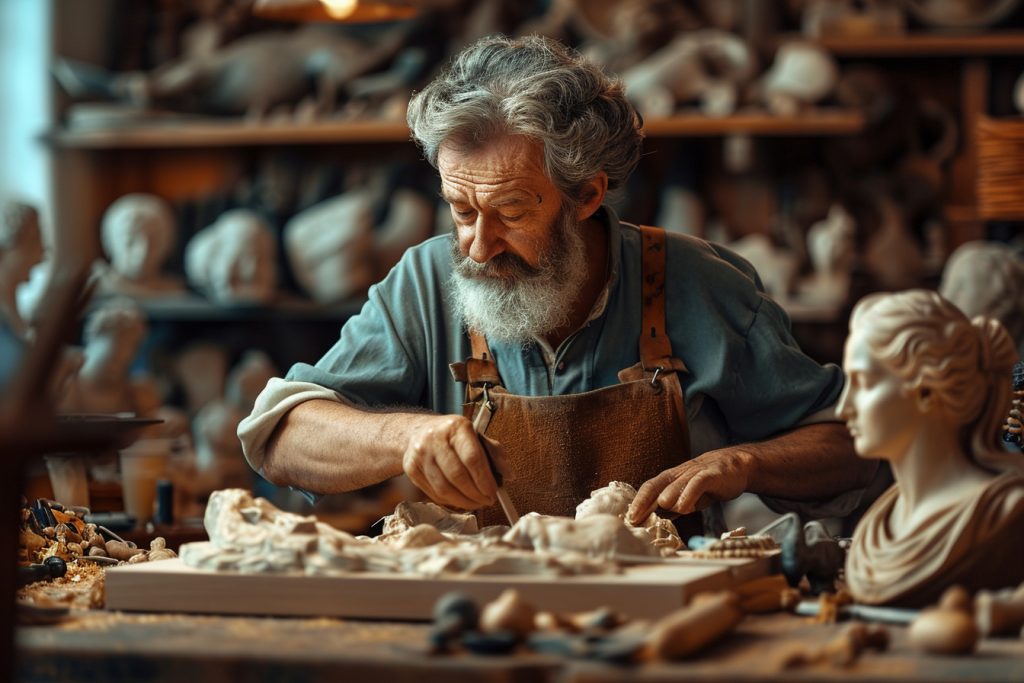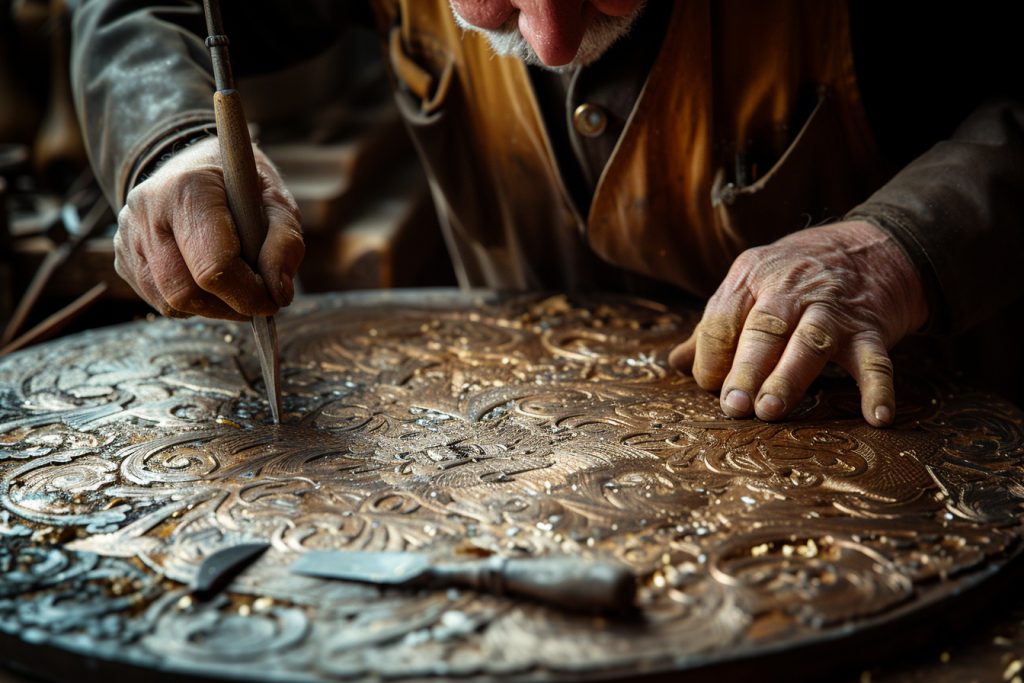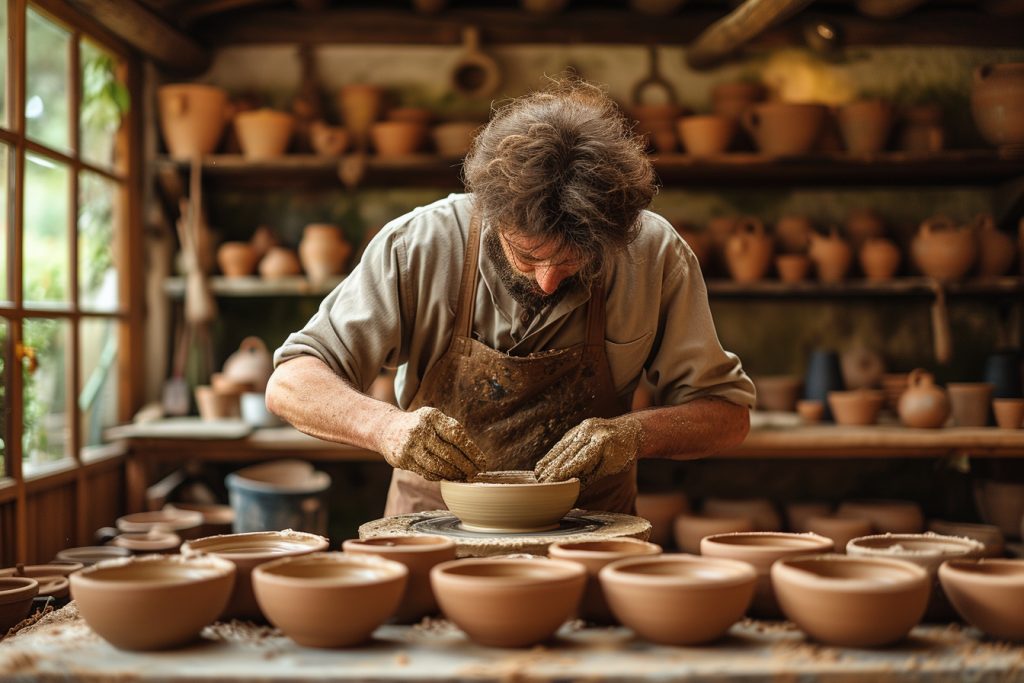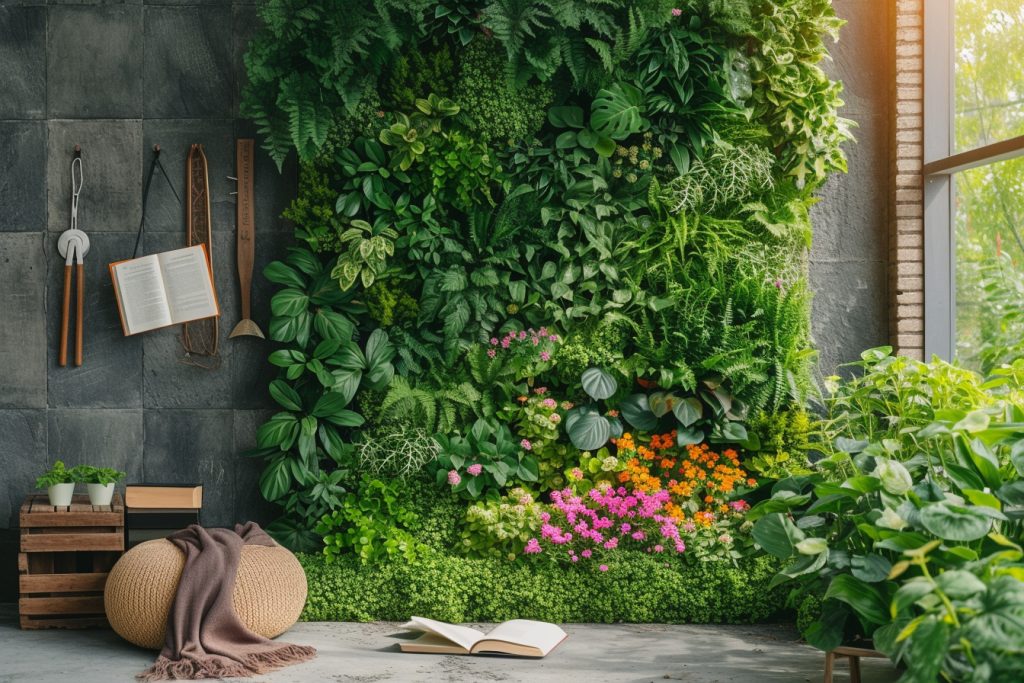Wax carving stands as a time-honored technique, tracing its roots back to ancient civilizations where artisans crafted intricate designs for jewelry and decorative objects. Today, it remains a vital skill for artists and craftsmen, offering endless possibilities for creativity and precision in sculpture.
To master the art of wax carving, one must approach it with patience, meticulous attention to detail, and a deep understanding of the mediums and tools involved. This comprehensive approach will cover the process, from selecting the right type of wax and tools to the final stages of sculpting and polishing.
Understanding different types of wax
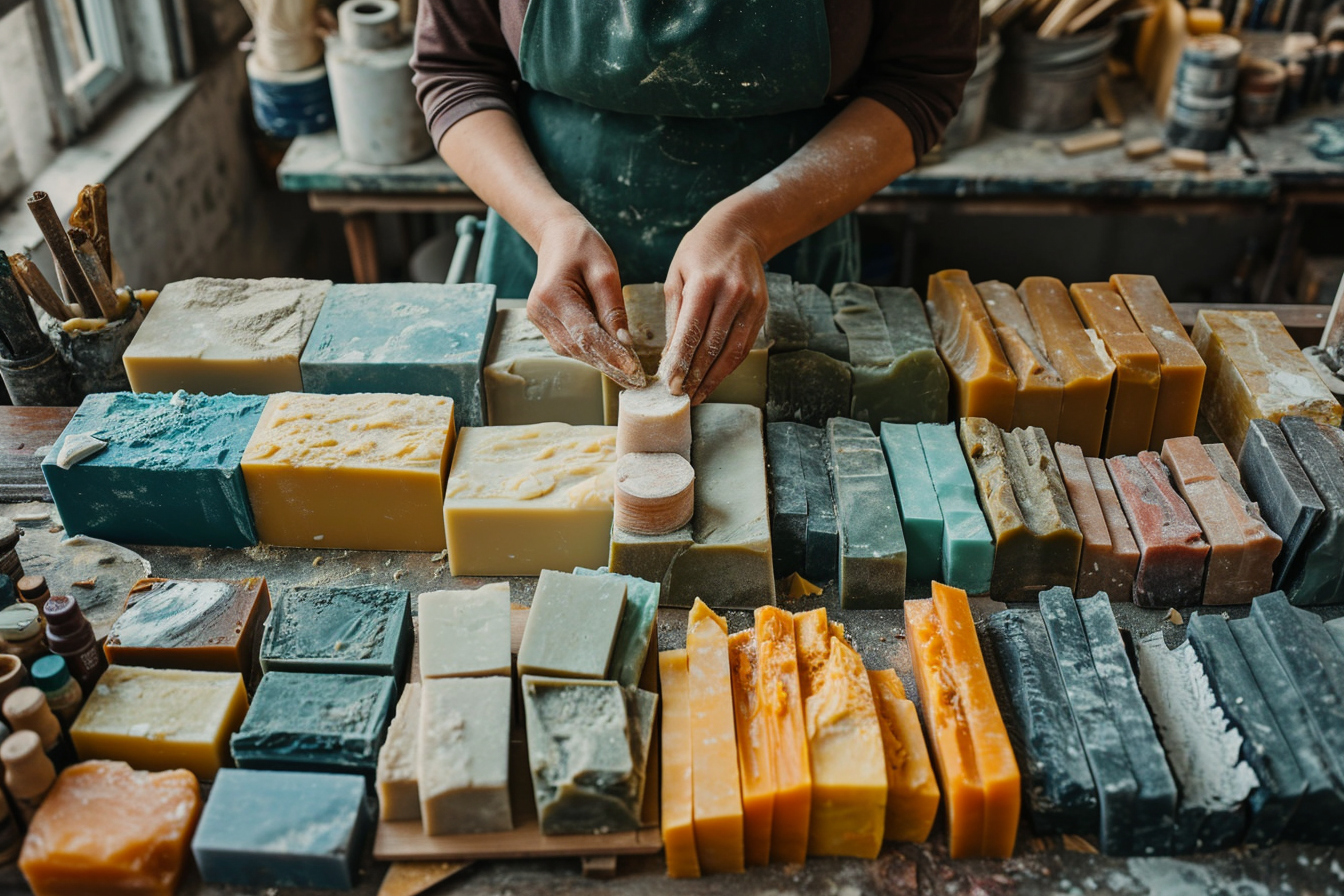
Before embarking on a wax carving project, it is vital to understand the types of wax available and their specific properties, as each type is suited to different styles and techniques.
Hard Waxes: These waxes are dense and less prone to deformation, making them suitable for intricate designs and detailed work. They can be carved with precision, allowing for sharp edges and fine textures.
Soft Waxes: More pliable and easier to manipulate, soft waxes are ideal when starting a sculpture and for larger pieces that require bulk material to be added or removed. This type, however, may struggle to hold extremely fine details.
Microcrystalline Waxes: Exhibiting a fine crystalline structure, these waxes are versatile, blending the qualities of both hard and soft waxes. Their pliability and strength make them a popular choice among sculptors.
Essential tools for wax carving
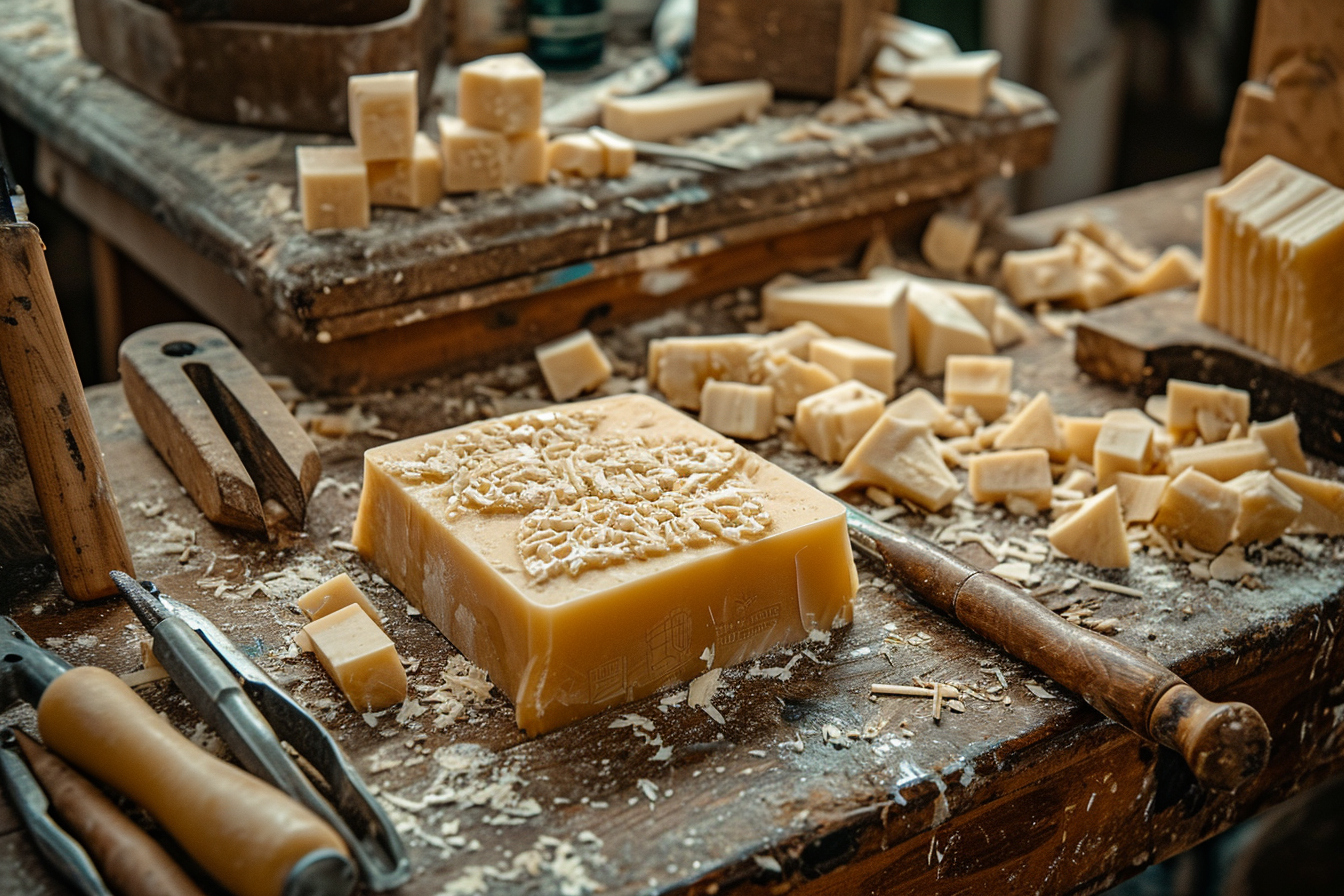
Investing in high-quality carving tools sets the foundation for a flawless sculpture. The most common tools include:
Wax Carvers: Similar in appearance to dental tools, these come in various shapes like spatulas, picks, and scoops for removing, shaping, and refining wax.
Files and Rasps: These are utilized for smoothing and shaping larger surfaces, where more wax needs to be removed or contoured.
Heat Sources: A wax pen or alcohol lamp is used to melt or soften the wax slightly to make manipulation easier. Precision is key, as overheating can damage the piece.
Scalpel or Knife: A sharp blade is crucial for making clean, precise cuts or for shaving thin layers from the wax.
Flexible Work Surface: Since wax can be sticky and may pick up debris, a smooth, non-stick surface is advisable for your workspace.
Finishing Tools: Sandpaper, steel wool, and polishing compounds are used in the final stages to create a smooth finish on the carved wax.
The wax carving process
Beginning a sculpture
Conceptualizing the Design: Planning your sculpture is fundamental. Sketching out a design on paper can help visualize the piece and guide the process.
Preparing the Wax: Choose a block of wax suited to your design. It should be large enough to encompass the entire sculpture, allowing extra room for adjustments.
Rough Carving: Employ larger tools to remove excess wax, shaping the basic outline of the sculpture. The goal is not detail but to approach the intended final shape.
Refining the sculpture
Once the basic form has been established, it’s time to refine the details:
Adding Material: Build up areas with softened wax if your initial block was not sufficient. This may be necessary for protruding elements or to correct errors.
Defining Features: Switch to finer tools to carve out details, such as facial features, textures, or patterns. This is a delicate process involving gradual refinement.
Maintaining Proportions: Regularly compare elements of your sculpture to maintain balance and symmetry. Calipers can be an invaluable tool for this purpose.
Smooth shaping and finishing
As you work toward finalizing the sculpture, the focus shifts to smoothing and polishing:
Smoothing Surfaces: Use files, rasps, and heated tools to even out larger surfaces, removing tool marks and imperfections.
Polishing: Transition to sandpapers of varying grits, moving from coarser to finer grains. Finish with steel wool or a polishing compound to achieve a high shine.
Advanced techniques in wax sculpture
Undercutting and hollowing
This technique involves carving beneath the surface or behind edges to create an impression of depth or hollowness. It’s a challenging aspect of wax carving, as it can weaken the sculpture if not done correctly.
Texture creation
Mastery of texture in wax carving can elevate a piece dramatically. Tools such as texturing punches or even ordinary household items can imprint a unique surface design onto the wax.
Working in sections
Sometimes, it’s advantageous to work on different parts of a sculpture separately. This can ease the handling and carving of smaller, intricate sections before they are attached to the main body of the sculpture.
Care and maintenance of tools and materials
Maintaining your tools ensures their longevity and your ability to execute precise carvings:
Cleaning Tools: After each use, remove any wax residue from your tools, and store them in a dry place to prevent rust.
Wax Preservation: Store unused wax in a cool, dark place to prevent warping and surface damage, which can occur from heat and light exposure.
Tool Sharpening: Keep cutting tools sharp. A dull tool can affect the quality of your carving and make the process unnecessarily difficult.
Furthering your skillset
Practice and experimentation
As with any art form, practice is paramount in mastering wax carving. Experiment with different types of wax, tools, and techniques to identify what works best for your style.
Seeking professional guidance
Workshops or courses, whether in-person or online, can provide structured learning and advice from experienced sculptors.
Joining a community
Engaging with other wax carvers can offer support, inspiration, and feedback. Artisan groups, forums, and social media platforms are excellent resources.
Continual learning
Stay abreast of new tools, materials, and carving techniques by delving into books, videos, and attending trade shows related to sculpture and jewelry making.
summary
The art of wax carving is both intricate and rewarding, combining an ancient craft with the fulfillment of creating tangible beauty from a simple block of wax. Its versatility as a medium for sculpture and jewelry design makes it an alluring pursuit for artists of all calibers.
By choosing the right wax and tools, refining carving skills, and continually embracing new techniques and technologies, mastery of wax carving can be within reach. Patience, dedication, and an artistic vision are the keystones to creating sculptures that embody both the craftsman’s skill and the medium’s potential.
Remember, the journey to becoming a proficient wax carver is not a sprint; it is a marathon that unfolds with every scrape, cut, and polish. Open yourself to the learning curve, and let your artistic spirit flow into the timeless medium of wax sculpture.


